 https://steponecharity.co.uk/wp-content/uploads/2025/09/Website-News-Headers-2024-1.png
355
700
Isaac Mann
https://steponecharity.co.uk/wp-content/uploads/2024/02/step-one-wellbeing.svg
Isaac Mann2025-09-12 09:52:112025-09-12 09:52:11Walking for a Cause: The Journey Behind the 300,000 Steps
https://steponecharity.co.uk/wp-content/uploads/2025/09/Website-News-Headers-2024-1.png
355
700
Isaac Mann
https://steponecharity.co.uk/wp-content/uploads/2024/02/step-one-wellbeing.svg
Isaac Mann2025-09-12 09:52:112025-09-12 09:52:11Walking for a Cause: The Journey Behind the 300,000 StepsWritten by Dr. Chandanee Kotecha in collaboration with Rosie Eustace (University of Exeter Intern).
Mental health affects every one of us, but in many workplaces, it’s still a topic that feels awkward, sensitive, or even taboo.
We want to change that.
At Step One Charity, we believe mental health should be part of everyday conversations, not just a one-off workshop or something we wheel out during Mental Health Awareness Week.
This blog series is part of our Wellbeing@Work programme created to help businesses and their people explore what mental wellbeing really means, how we talk about it, and what we can do to support one another at work.
We’re here to demystify the conversation, challenge stigma, and offer practical, evidence-based insights to help build healthier workplaces.
What’s the Difference Between Mental Health and Mental Wellbeing?
One in four people will experience a mental health problem in their lifetime.
The more we talk about it openly, the more we reduce stigma and create environments where people can ask for support without fear.
But as conversations grow, so does confusion around the words we use. Especially around two terms that often get used interchangeably: mental health and mental wellbeing.
Mental Health
Mental health refers to our overall emotional, psychological, and cognitive functioning. It’s not inherently good or bad, it’s something we all have.
Mental health exists on a spectrum. Sometimes we feel strong, focused, and energised. Other times we feel low, anxious, or overwhelmed.
It also includes diagnosable conditions, such as anxiety disorders, depression, bipolar disorder, PTSD, and others.
Just as someone can live with a physical health condition (like diabetes or asthma) and still maintain a high quality of life with the right care, many people live with a mental health condition and still experience high levels of wellbeing.
Mental Wellbeing
Mental wellbeing is more about how we’re doing day to day. How we feel, how we’re coping, our ability to handle stress and how connected, balanced, and resilient we feel in our lives. It’s our emotional state, and it fluctuates, sometimes within the same day.
It’s also something we can actively support through things like sleep, social connection, movement, nutrition, and setting both personal and professional boundaries.
That said, low wellbeing can sometimes be a sign that deeper support is needed. It can act as an early warning sign of a more serious mental health challenge. Some people with low wellbeing never receive a diagnosis, while others with a diagnosis might be managing well and feeling mentally strong.
Bringing It Together: How Mental Health and Wellbeing Interlink
In short:
- Mental health is the broader picture and includes everything from daily stress to long-term mental health conditions.
- Mental wellbeing is our moment-to-moment experience: how we’re functioning, feeling, and coping.
Let’s look at a model that helps us understand how mental health and mental wellbeing intersect and why thinking about them together is so important.
Rethinking Mental Health: It’s Not a Linear Spectrum
You may have seen mental health represented as a single line, with “good mental health” at one end and “mental illness” at the other.
But it doesn’t reflect how people actually experience their mental health, especially in the workplace.
Instead, a more realistic and inclusive way to understand mental health is through a dual-axis model:
This model shows us that:
- A person with a diagnosis can still experience positive wellbeing, especially when they have access to the right support, structure, and environment.
- A person without a diagnosis can still be struggling with stress, burnout, low motivation, or emotional fatigue.
Understanding this helps us move beyond black-and-white thinking and start seeing mental health as something that’s dynamic, nuanced, and personal. It encourages more compassionate, flexible approaches to support and helps leaders, teams, and individuals better respond to their own mental health needs and those of others.
Why the Language We Use Matters
“Mental wellbeing” can feel more approachable as the term “mental health” can feel clinical or loaded.
But we need to be careful.
If we only talk about wellbeing, we risk ignoring or minimising the experiences of people living with long-term mental health conditions. And if we only focus on diagnoses, we forget that everyone has mental health.
The language we use should:
- Be inclusive and non-judgmental
- Reflect the full spectrum of human experience
- Allow people to describe their own experiences in ways that feel right for them
Whether someone talks about their “wellbeing,” their “mental health,” or just says “I’m not feeling like myself lately,” what matters most is that they feel heard and supported.
Mental Health and Wellbeing at Work
Our jobs impact our mental health, and our mental health impacts our jobs.
From tight deadlines and high workloads to isolation, job insecurity, and lack of psychological safety, many workplace factors can drive poor wellbeing. And if left unchecked, these can lead to long-term issues that affect individuals, teams, and entire organisations.
If we want to build healthier, more resilient teams, we need to move beyond reactive responses and take a proactive, everyday approach to mental wellbeing.
That means normalising the conversation, equipping people with the tools to manage their wellbeing, and creating cultures where it’s safe to speak up.
Let’s Keep the Conversation Going
This blog is part of Wellbeing@Work, a workplace mental health programme delivered by Step One Charity. We support organisations across the South West to build healthier, more compassionate cultures where mental health and wellbeing are part of everyday working life.
Whether you’re a team leader, HR professional, or someone who just wants to make your workplace a little more accessible we’re here to help.
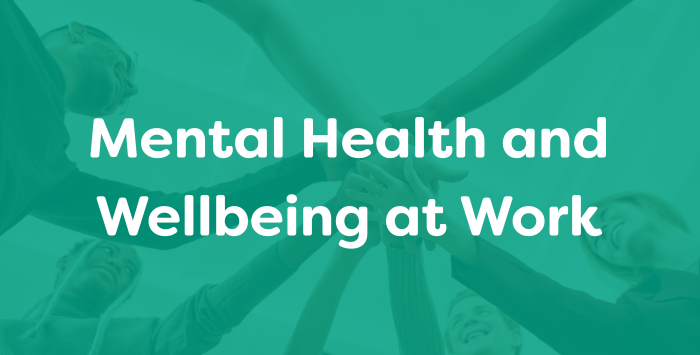


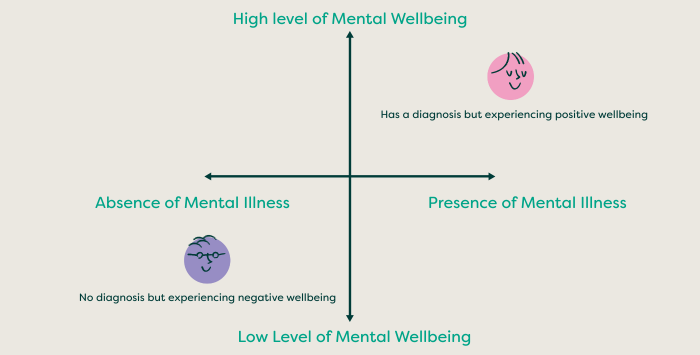
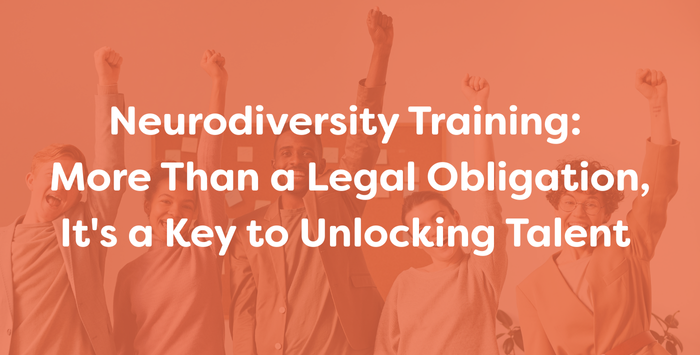
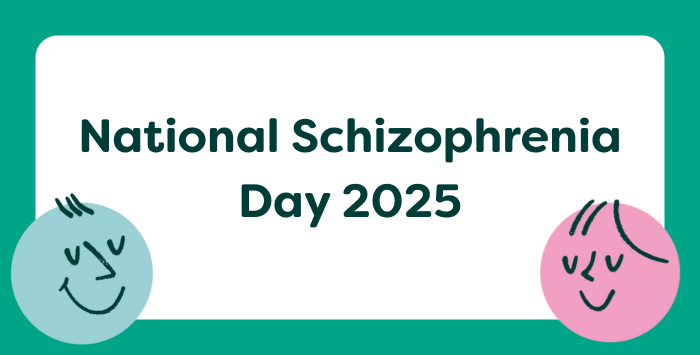
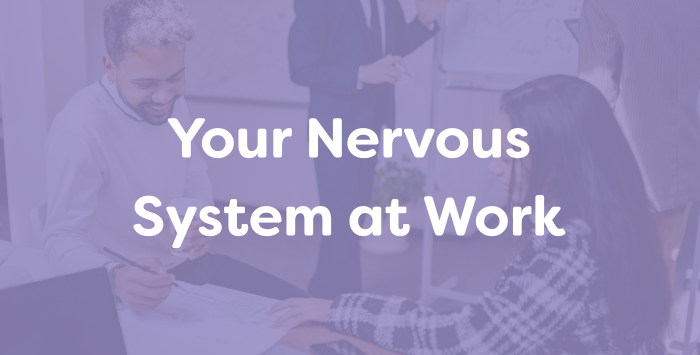
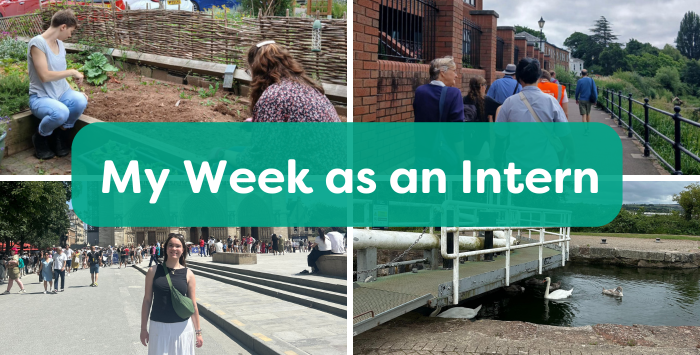


![Graphic with quote reading: “You met me at one of the most difficult times and seeing the difference you’ve made is amazing [...] Please keep doing what you do. You change lives.”](https://steponecharity.co.uk/wp-content/uploads/2025/04/Website-News-Headers-2024-33.png)

